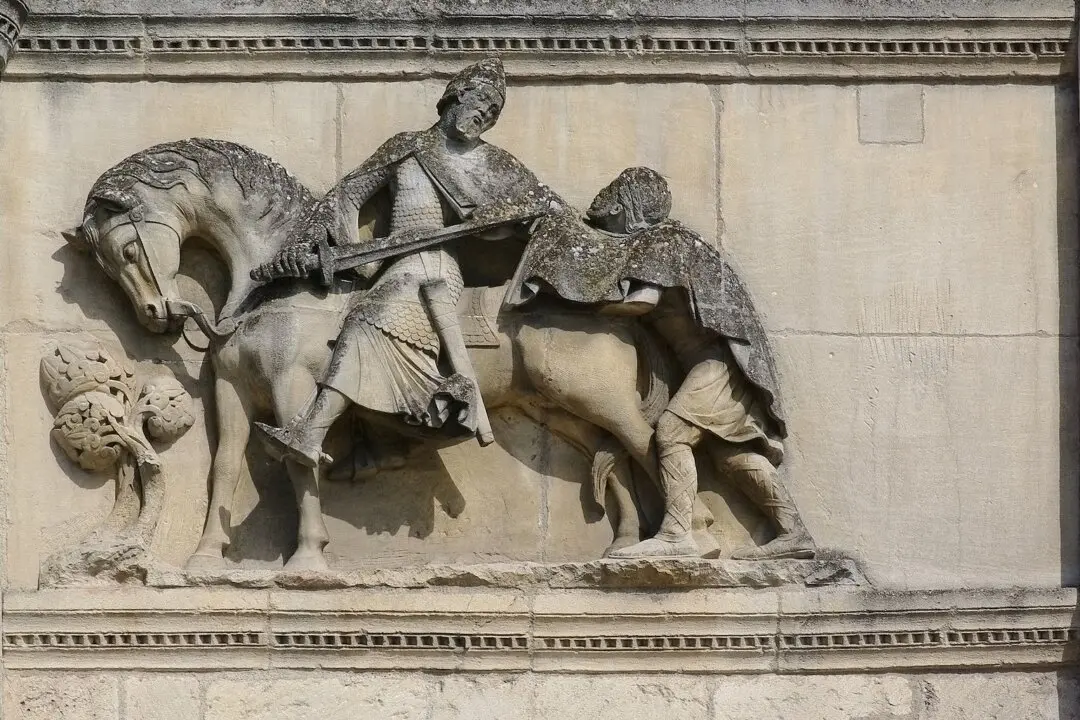So many things demand our attention in this fast-paced age that we’re tempted to just passively watch rather than expend energy to actively observe, not just to see but to truly behold. John Keats confronted the temptation of this passivity in 1819 when he composed “Ode to a Nightingale,” which would become one of the most famous poems in English literature.
Keats had just come inside from his garden in Hampstead after a few hours of listening to the nightingale’s song. He carried a few scraps of paper scrawled over with the lines of the ode, a lyric poem written to praise its subject. Filled with grief over the recent death of his brother, he struggled against the urge to check out of reality and enjoy comfortable inactivity.





